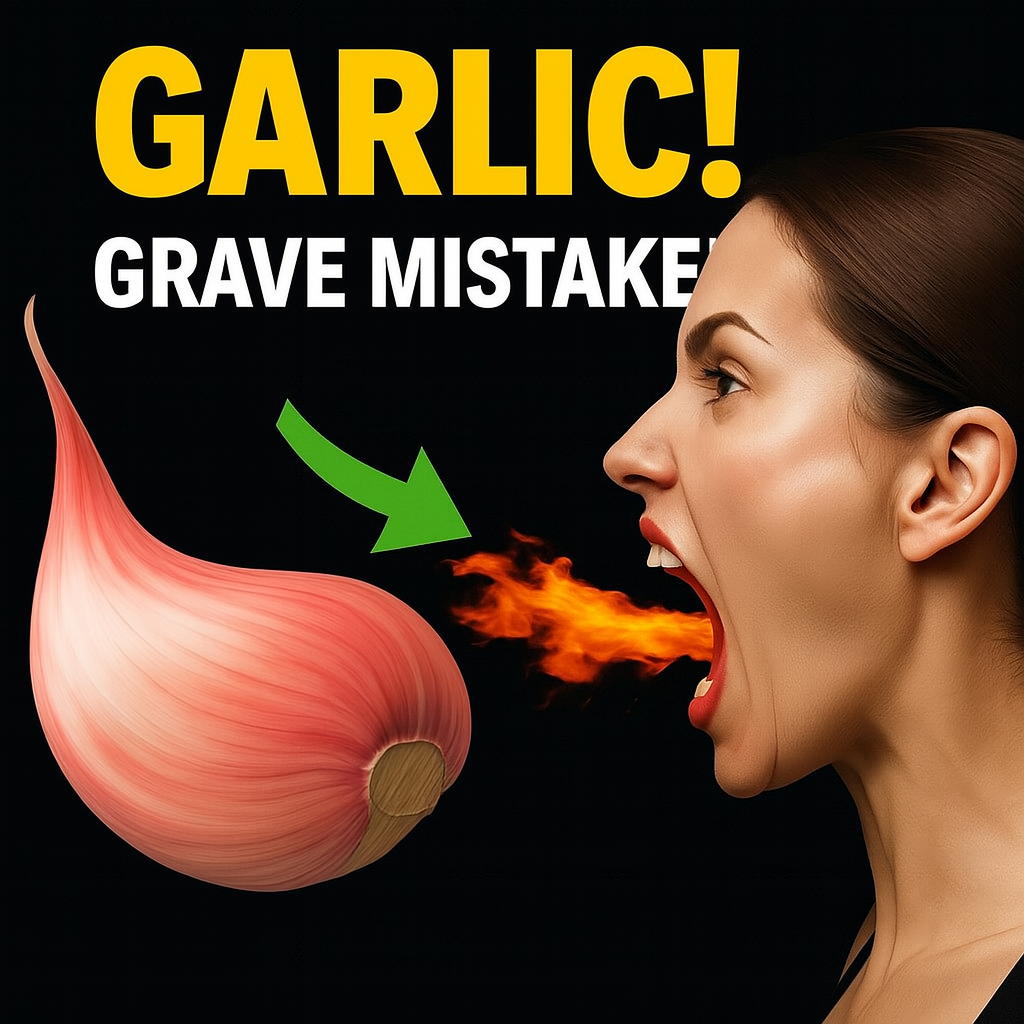
Garlic has long been praised as one of the most powerful natural foods. Known for supporting heart health, boosting the immune system, and helping prevent chronic disease, it’s no wonder garlic is often considered a medicinal superfood.
But here’s the catch: If you’re not consuming garlic the right way, you could be missing out on most of its benefits—or worse, causing unwanted side effects like heartburn, bloating, or digestive discomfort.
Let’s break down the most common garlic mistakes and how to fix them so you get the full health-boosting power of this humble bulb.
1. Swallowing the clove whole
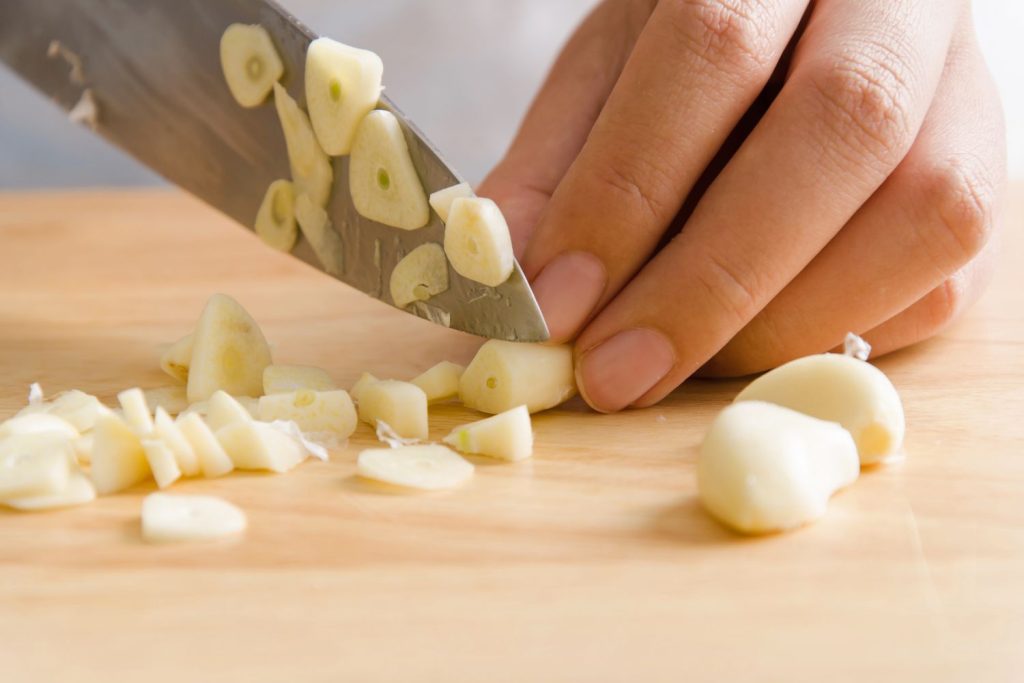
Eating garlic without cutting, crushing, or chopping it prevents allicin—the compound responsible for many of garlic’s healing effects—from forming.
What to do instead:
Always chop, press, or grate garlic before consuming it. Then let it sit for 3 to 5 minutes before cooking or eating. This allows the enzyme reaction to activate allicin production.
2. Overheating it
Allicin is heat-sensitive and can break down at temperatures over 60°C (140°F). Overcooking garlic wipes out many of its key nutrients.
How to avoid it:
Add garlic at the end of cooking, or sauté it gently over low heat for no more than 2 to 3 minutes. Even better: mix in fresh, raw garlic after cooking for maximum benefits.
3. Eating raw garlic on an empty stomach (without testing your tolerance)
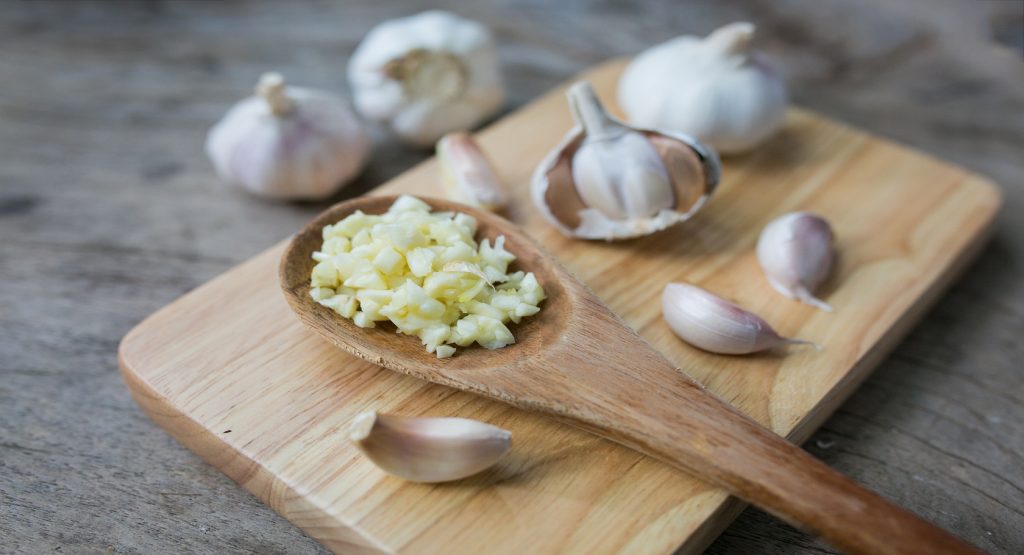
While some people handle raw garlic well, others may experience stomach irritation, heartburn, or even cramping when eating it alone.
How to handle it:
Pair garlic with other foods—like in salad dressings, dips, or sauces—to reduce the risk of digestive issues.
4. Using too much… or too little
A pinch won’t help, but eating excessive amounts may cause stomach problems, bad breath, or even body odor.
The right amount:
1 clove per day is enough for most people. If you tolerate it well, up to 2 cloves per day is okay. Listen to your body and adjust accordingly.
5. Using old or sprouted garlic
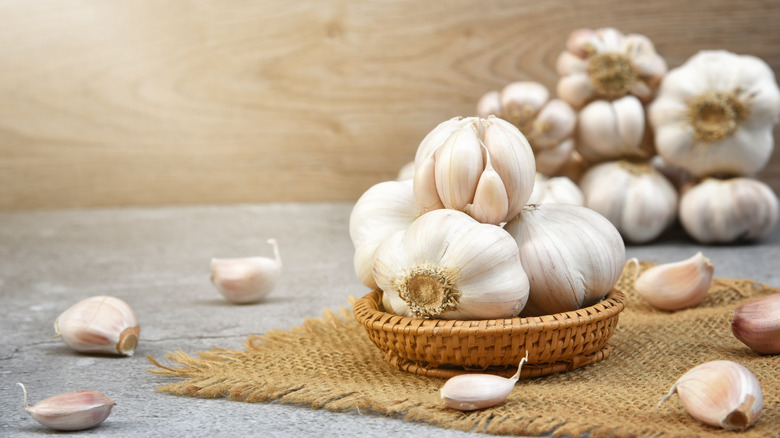
Soft, discolored, or shriveled garlic has lost much of its potency. Sprouted cloves may taste bitter and be less effective.
Buy fresh:
Choose firm, white bulbs with tight skin. Store them in a cool, dry, well-ventilated place—never in the fridge. You can also try black garlic for a milder flavor and a higher antioxidant profile.
6. Not considering interactions with medications
Garlic can thin the blood, which may intensify the effects of anticoagulants like warfarin and increase the risk of bleeding.
If you’re on medication:
Talk to your doctor before adding large amounts of garlic to your routine. Also, avoid garlic before surgery—ideally, stop 5 days in advance.
7. Relying on low-quality garlic supplements
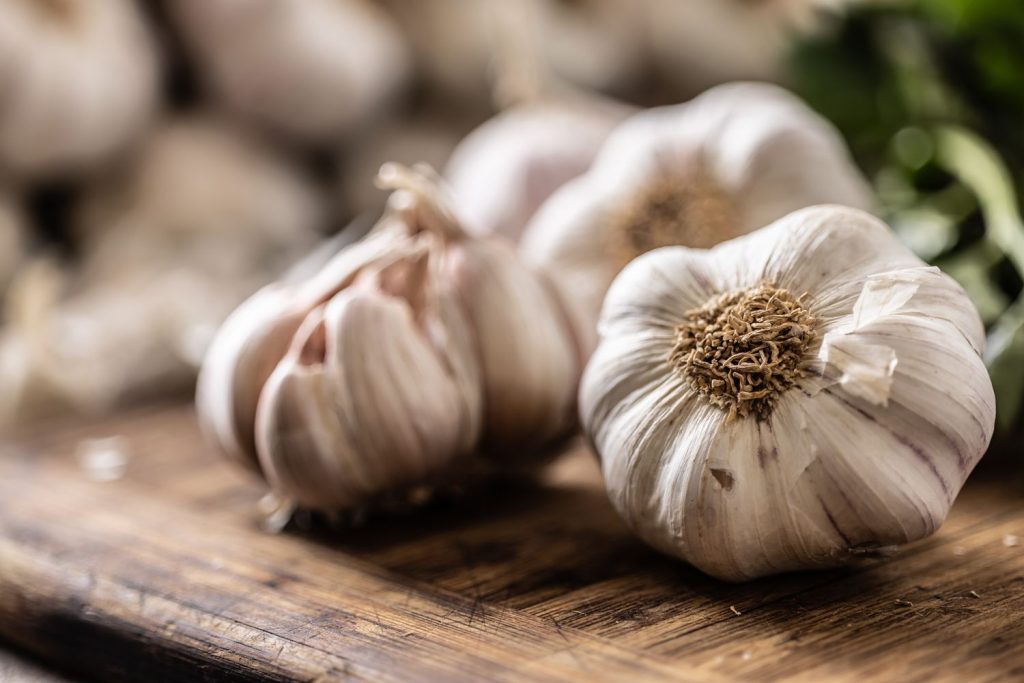
Not all garlic capsules are created equal. Many contain very little allicin or are filled with unnecessary additives.
Choose wisely:
Fresh garlic is best. If you choose a supplement, make sure it’s from a trusted source and lists a standardized allicin content on the label.
Should You Remove the Green Sprout?
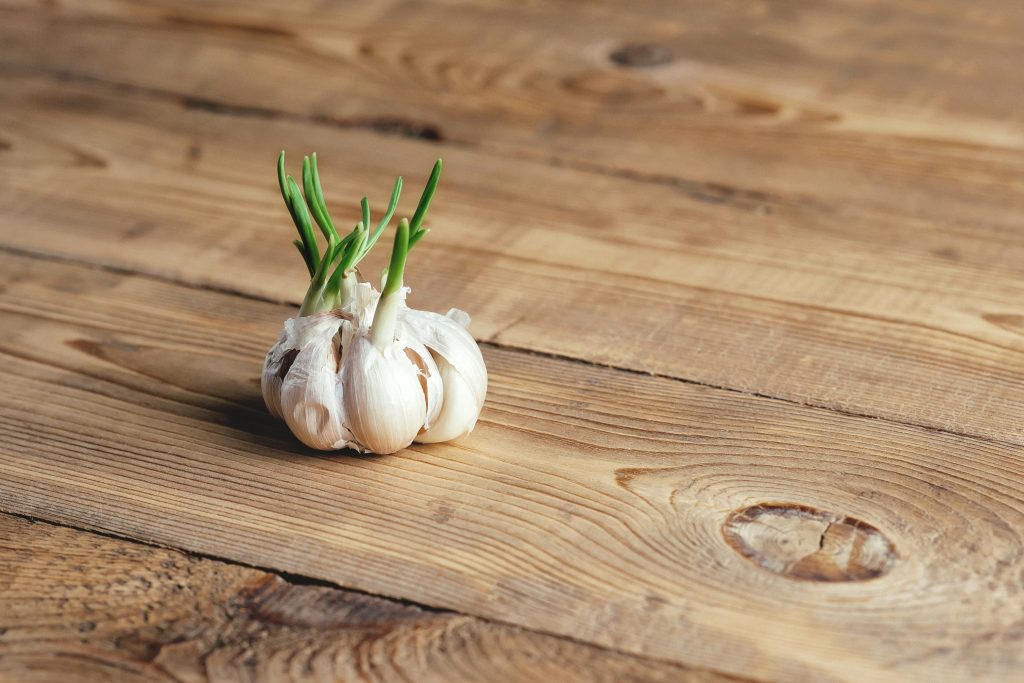
The green sprout in the center of a garlic clove isn’t harmful, but it can taste bitter. If you don’t like the flavor—or if it causes heartburn—you can remove it. Otherwise, it’s fine to leave it in.
How to Make Garlic Work Better for You
- Always chop or crush garlic and let it rest a few minutes before use.
- Add it at the end of cooking to preserve its active compounds.
- Combine garlic with vitamin C–rich foods (like lemon, tomato, or parsley) to boost its effects.
- Stick to 1–2 cloves per day depending on your tolerance.
- Store garlic bulbs in a dry, dark place with good airflow.